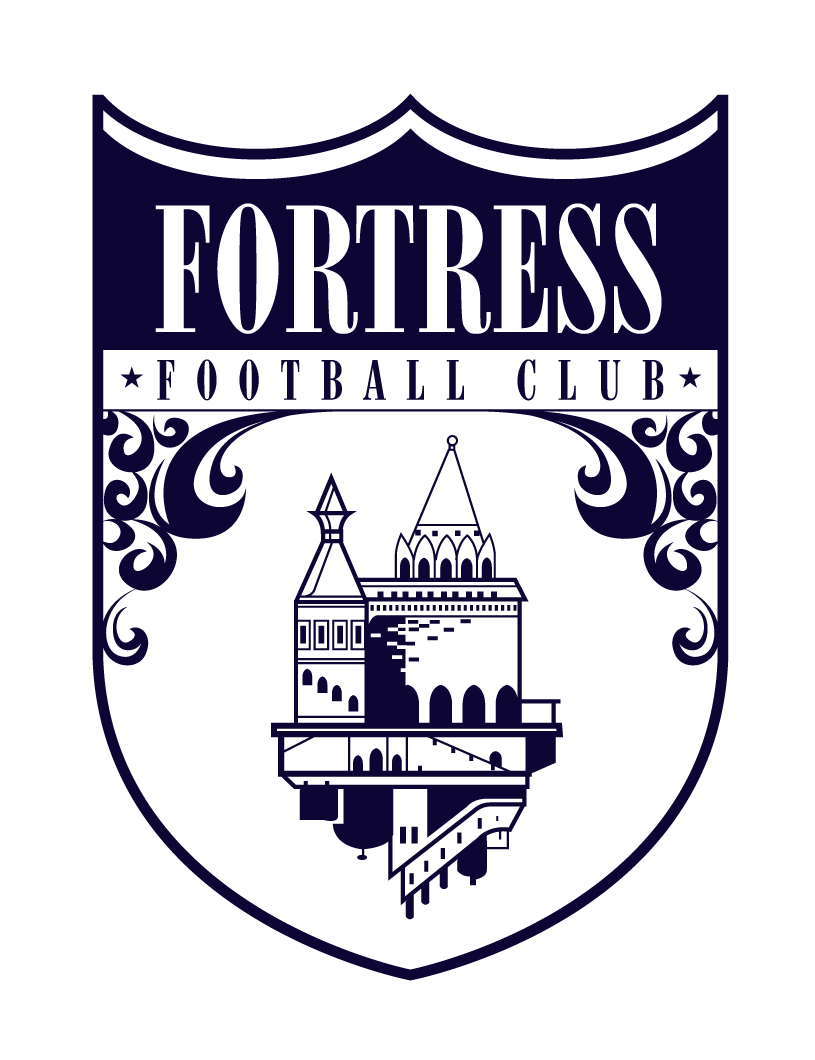Attacking Midfielders
Some of the most exciting players to watch play in these positions. When we look at a 4-3-3 formation, they are the 8 and 10 positions shown below:
Their roles include the ability to sit between midfield and attacking lines, receive the ball in tight situations, and be the main playmakers on the team, setting up the three attackers or themselves for goals.
On defense, they drop back in line with the Pivota, or 6, and the wingers, 7 and 11. Defensively, the shape can often resemble a 4-5-1 (Notice how the midfield line covers the holes in the defensive line and vice versa):
As soon as a positional play team wins the ball back, they look for outlets to counter fast. Two main options on these counter attacks are the 8 and the 10. Why? There’s a few reasons. First, as I said before, these are the playmakers on the team. They maintain control of the ball while always looking for forward options to setup one of their teammates moving toward goal.
The second has to do with where they are on the field. If we divide the field into 5 parallel lines, we’ll notice something different about the positioning of the attacking midfielders. They’re in the lanes called the half space. The knowledge and exploitation of these lanes are vital to a positional play team’s success.
Why? The two outside lanes occupied by the 2 and the 7 on the right side and the 11 and 3 on the left side are limited. They’re important lanes nonetheless, but aren’t real threats when the ball moves to the attacking third. They are extremely important for buildup play, though.
The center lane occupied by the 1, 4, 5, 6, and 9 is usually the most congested. It’s harder to move the ball through this lane in the attacking third as it usually holds the most players and is the biggest threat to the defensive team.
The half spaces are in between these lines. They are very threatening positions as a player can shoot or make a devastating pass into the middle for a goal. The half space naturally has more space than the middle of the field because of the instinct to guard the goal. Having the most creative players occupy these spaces is vital as it gives them time to make plays happen.
When the 8 or the 10 can receive the ball in space, they have a split second more to respond to what’s going on around them. They are creative enough players to easily go around opponent’s in one on one situations or move the ball to an open teammate when they have two or three opponents pressuring them.
Here’s an example of what can happen when an attacking midfielder stays in the half space.
Did you see the overload on the right side? Pep Guardiola’s Barcelona and Man City in 2017/18 used to do this so well.
What are some of the qualities we look for in an attacking midfielder? They have to be strong on the ball, meaning they don’t lose it, especially in buildup play. They should take chances when they can in the attacking third (think Kevin De Bruyne and both Silvas from Man City and Xavi and Iniesta of Barcelona).
Quickness and the ability to move the ball fast up the field are two other hallmarks. Notice I didn’t say they needed to be fast. Xavi and Iniesta were both quick, but not necessarily fast. They were as fast with the ball as without it. This comes with years and years of practice.
They also have a sixth sense for where their teammates are on the field and have excellent passing abilities to get them the ball. They know where the space is on the field and how to exploit it, either continuing to push the ball down a particular corridor or switching the ball quickly to take advantage of the weak side.
Overall, the attacking midfielder has something special, something unique no other player on the field has. Some describe it as a rhythm, a change of pace or tempo at the right time that they can dictate the game with. It’s a knowing, both earned through the player’s passion for the game and the amount they worked with the ball and played the game from a young age. It’s this “X Factor” that often earns them the #10 from their manager.
Skill Drills This Week
1. Rollover, Touch (Moving Forward) - 5 minutes
2. Rollover, Stepover - 5 minutes
3. Rollover, Stepover, Scissors, Outside of the Foot - 5 minutes
See you tonight,
Michael



